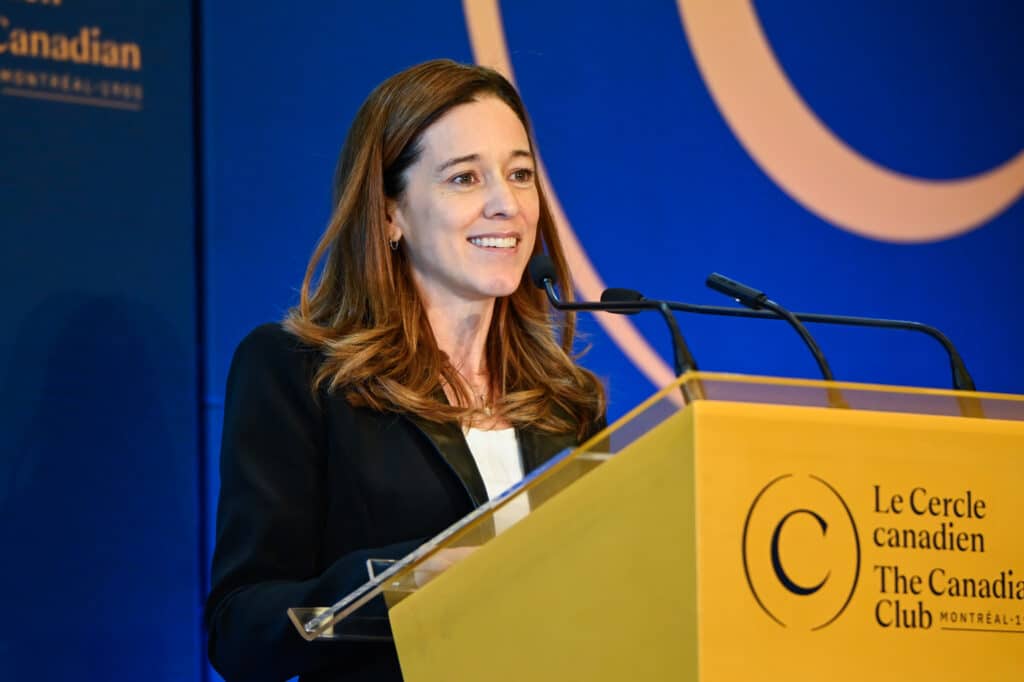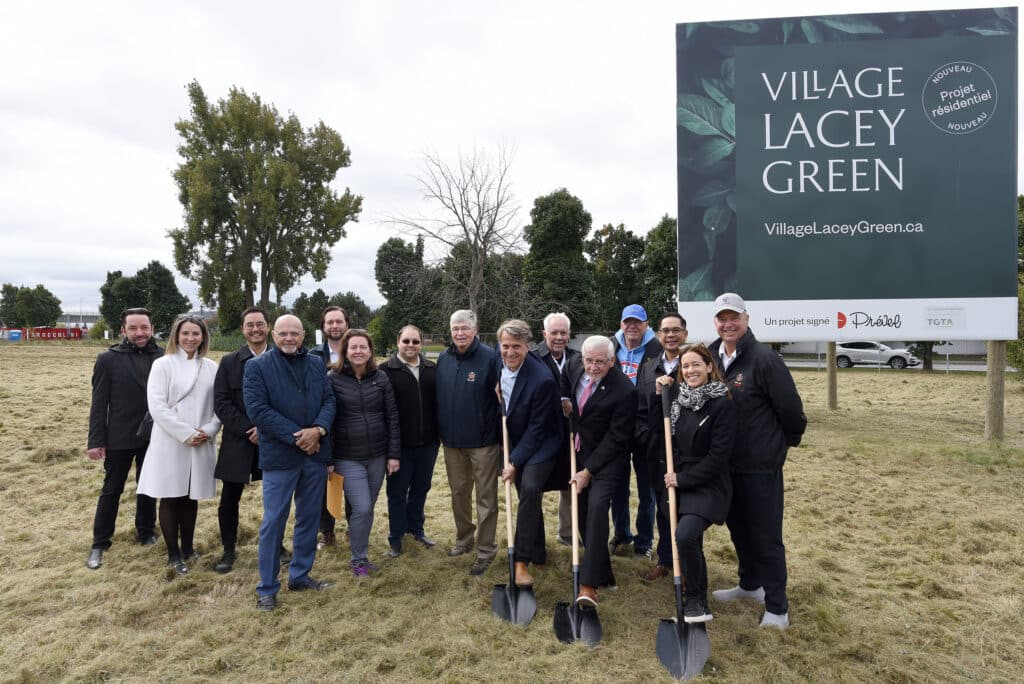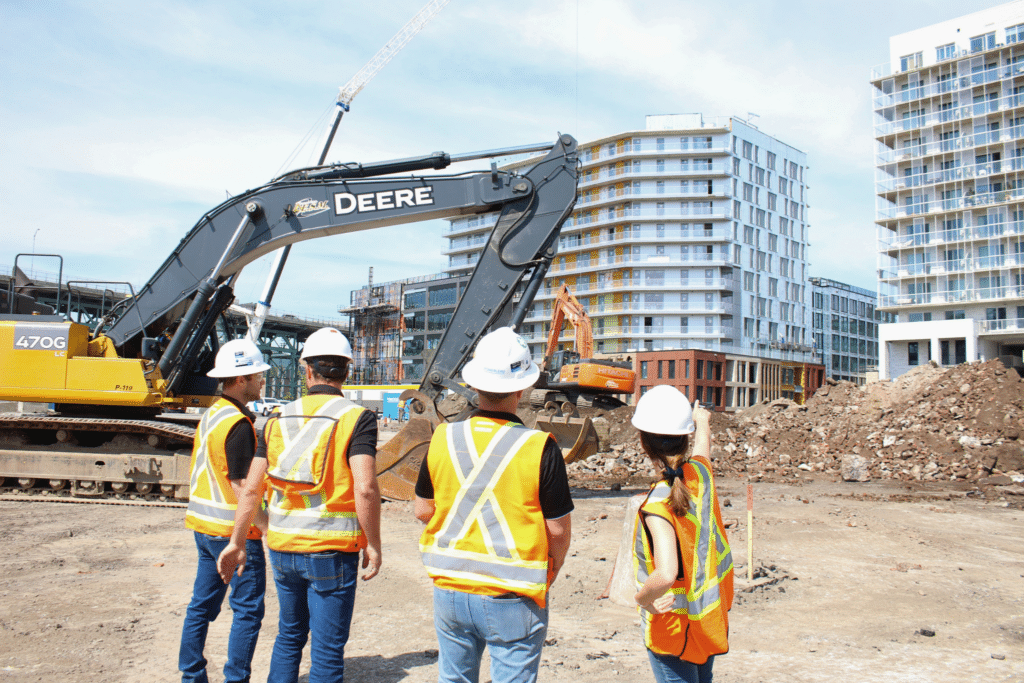When most co-owners have taken possession of the units of a new condominium building, the general meeting of co-owners can be held. It is important to be part of this meeting since most decisions affecting the management are taken at this moment. If you cannot attend, you are allowed to mandate someone. This person will have the right to vote for you.
Upon arriving at the meeting, you must register to a representative of the management company in charge of organizing the assembly. This list of participants is used to determine if the quorum is met (i.e. 50% + 1 of the number of voices). The number of voices is calculated on the basis of the relative value of each condo. Note that co-owners who did not pay their condo fees for more than 3 months lose their right to vote. If the quorum is not met, the assembly can’t be held and has to be postponed.
At the beginning of the meeting, a president has to be elected by the assembly of co-owners. The president’s roles are to make sure that the agenda of the assembly is observed and that everybody’s right of speech is respected. The agenda has to be communicated to the members of the assembly two weeks before the date of the meeting.
Since a general meeting agenda can vary, here are some examples of subjects that can be addressed:
- The designation of a firm of accountant;
- Adopting a new by-law or modifying the co-ownership declaration
- Presenting and adopting a budget
The next step consists of the election of the board of directors. Usually, 3 administrators are elected, since an odd number of administrators makes decision-making easier.
The assembly concludes with the last subject at the agenda: varia. Varia allows co-owners to ask questions or address subjects of general interest not included in the meeting’s agenda.
The last step is the meeting adjournment. The new board is now responsible to see to the best interests of the co-owners for the upcoming year.



